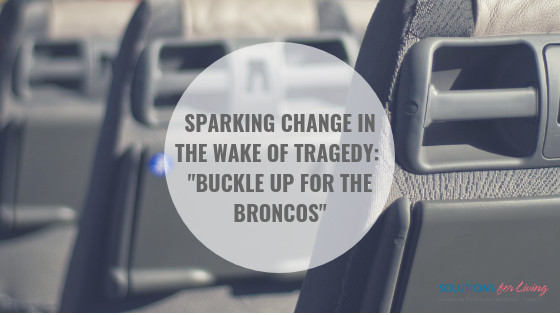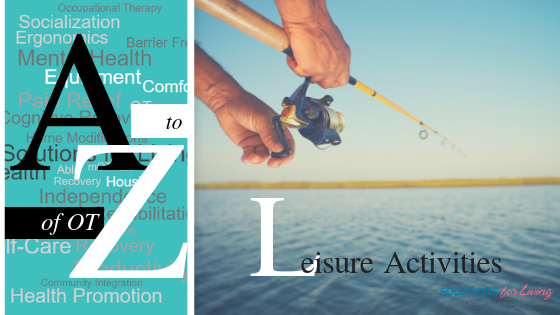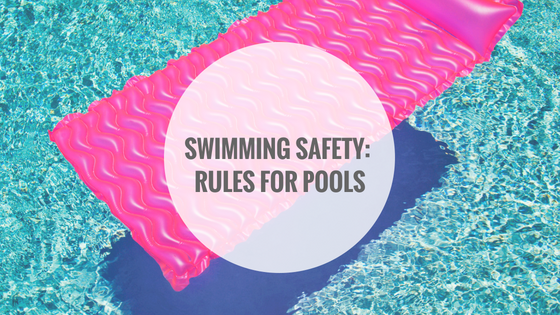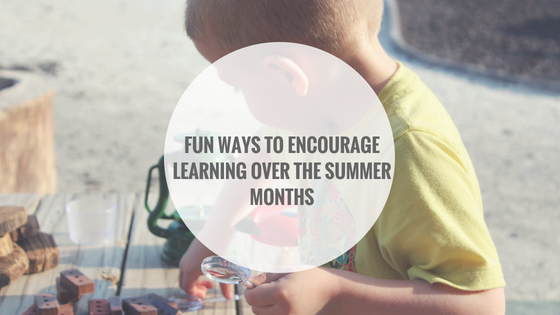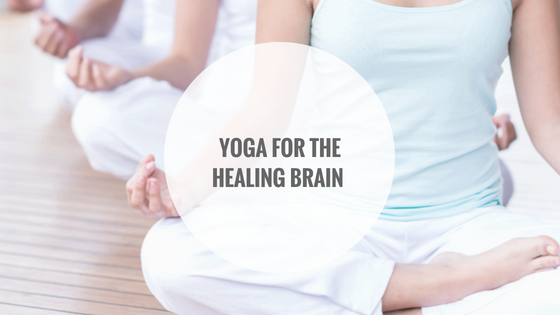Julie Entwistle, MBA, BHSc (OT), BSc (Health / Gerontology)
I don’t quite understand why hitting a stationary ball is so difficult but alas, golf is one of my favorite sports. I started playing as a teenager and spent years figuring out that my old baseball swing aimed lower would hit a golf ball far, but not really straight. With practice I have removed the sway, slowed down my tempo, and learned that trying to kill the white-dimpled-target does not work out either, and voila, I am hooked.
But beyond my love of the sport as an athlete, I also love how adaptable it is. Growing up I remember playing with my grandfather who had polio. He would swing a club with one arm while his other arm held his crutch to keep him standing. Yet, even with one arm, he could hit the ball consistently far and straight – skills foreign to most amateurs. As an occupational therapist, I now suggest golf as one way to re-integrate clients into the athletic world following an accident or injury. How? By breaking the sport into its component parts, and structuring participation around ability.
Many people start with putting. While putting can be boring to practice, it is the most important part of the game as you are likely going to put at least 18 times a round. Putting requires neck flexion but can be done in sitting or standing. Mats can be purchased to putt at home that will eject the ball back to your feet if your putt is successful. At times, I have even used putting with clients at their home to test for visual-spatial deficits which makes it a great exercise to also practice if deficits are noted.
From putting, people can slowly increase the club speed through chipping, pitching and low wedge shots. In these cases, there is little body movement and reduced torque through lowered club speed that would cause pain if the ground, not the ball, was impacted. Then, if feeling good around the greens, the player can start with low irons on the range and work backwards to full swings. Eventually, they can try a few holes with a cart to pace the walking, then consider a pull cart with walking later if that is within their abilities.
What is also great about golf, however, is how this is getting attention in the world of modified sport. Now, some courses have Solo Riders (www.solorider.com) that can be used by people who have deficits in independent standing. These Solo Riders position the golfer in swing distance from the ball, then elevate them into a standing position to facilitate the swing. These carts can go on the tees and greens as they only distribute 70 pounds for force through each tire – less than a person’s foot so they don’t damage the course. I played in a tournament recently where a local golf pro, who had a spinal cord injury, demonstrated the use of a Solo Rider on a par 3 from the tee and hit the ball within a few feet of the pin. Apparently, for the group before us, he hit a hole in one.
I also remember reading an article a few years ago about physiotherapy programs that were focusing on golf-related skills in therapy such as balance, trunk control, pelvic rotation, and fluidity of movement to help golfers return to the game. Other activities, such as yoga and Tai Chi are also now known as ways golfers can improve flexibility, strength, endurance, and muscle control in the off-season.
My parents vacation in Florida all winter, and while there met Judy Alvarez who instructs and assists disabled people to learn, enjoy and excel at the game of golf. I read her book (Broken Tees, Mended Hearts) on a recent holiday. What is most compelling in her book is not about the physical benefits of golfing, but rather the emotional and participatory value golf has for her disabled clients. Through participation in a challenging but modifiable sport, people can regain passion for sport, competition and can work to achieve personal bests. Golf really is FORE all and I hope you will consider hitting the links.
Originally posted July, 2013.
Summer Programming Note:
Summer vacation is here and we will be taking a break from our regular schedule. We will be posting some of our popular seasonal blogs just once a week throughout the summer but will resume our regular three weekly posts in September, filled with new and exciting content including our popular O-Tip of Week series.



